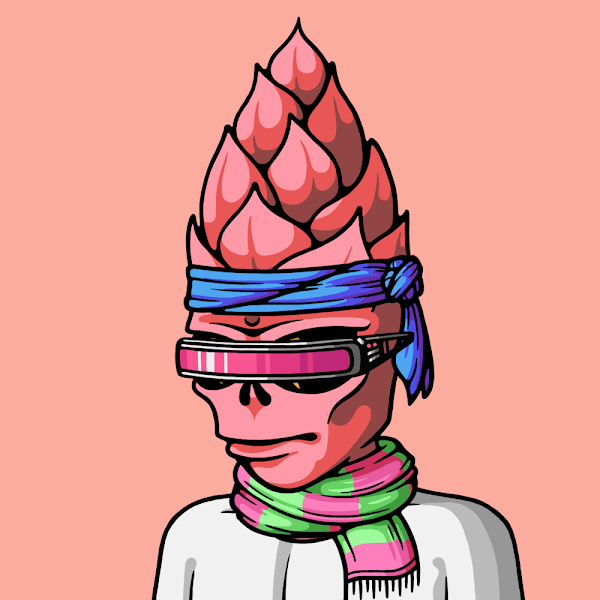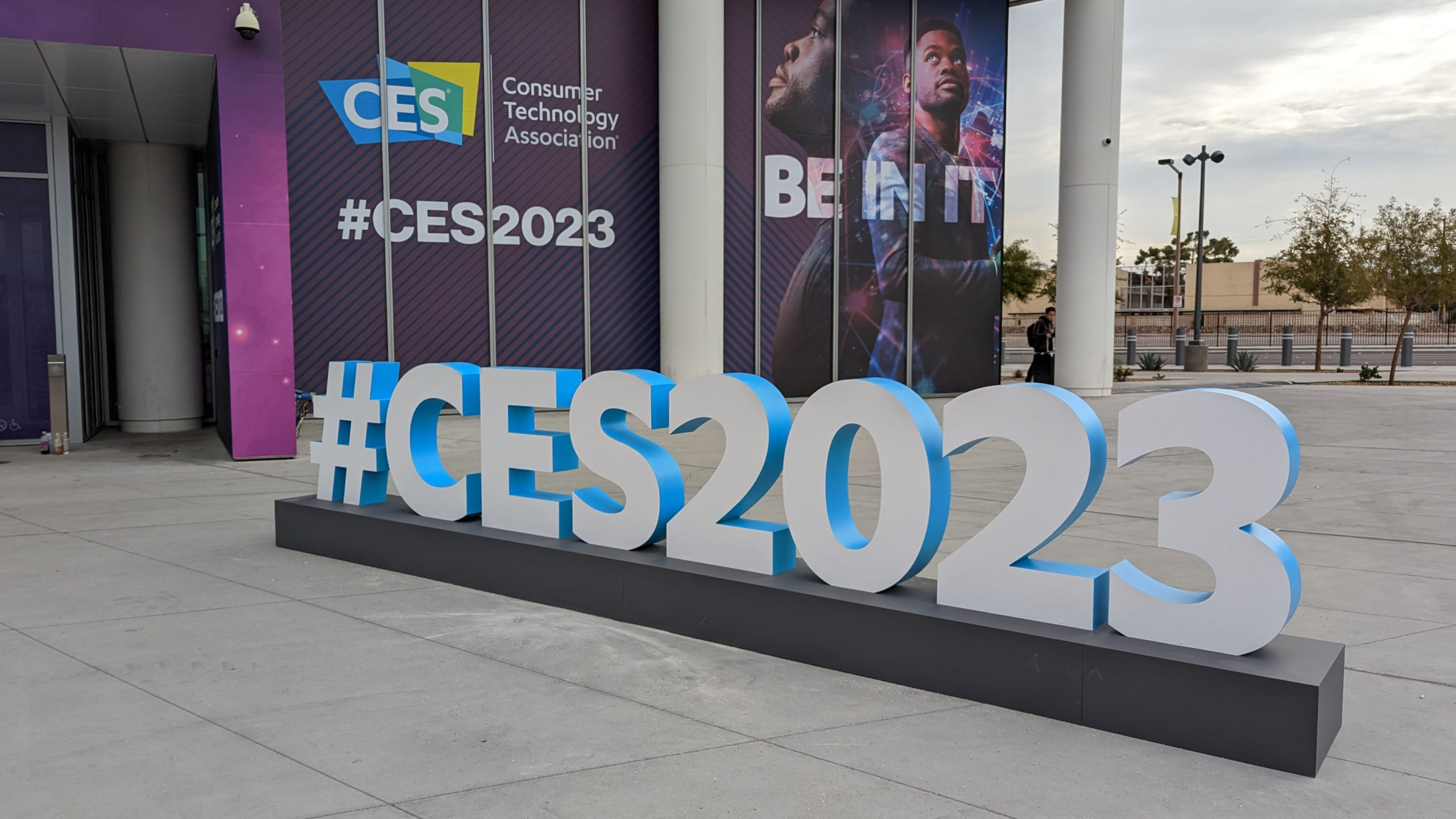There’s a lot of pop and flash when it comes to the Consumer Electronics Show. Concept cars that will never hit the road, visual experiences that aren’t coming to the consumer any time soon, and tech that while cool is totally impractical, all abound. On the other hand, some of the most interesting things about CES are the unveilings that truly convey where technology is headed and what it’s going to look like on a practical, consumer level in the coming year or years. Luckily for you, I’ve combed through all of the coverage to pick out some of what I consider to be not only the biggest news from the conference but also the themes and trends that are shaping up to be an actually accurate picture of where technology is headed.
Display Technology:
Those who read my article on computer monitors will remember my discussion about QD-OLED technology, and how it’s shaping up to be the next big step in display technology. Samsung display seemed, therefore, to have cornered the market. But now LG is hopping off the bench and offering a new lineup that makes use of their Micro Lens Array (MLA) technology to combat some of OLED’s shortcomings much in the same way that QD-OLEDs are designed to address those concerns. LG promises that these new MLA displays, combined with their AI-powered algorithms, will convert the OLED skeptics who were previously unimpressed with the technology’s relatively low peak brightness. That said, at least from the outset, we have to wonder if MLA OLED displays will be able to compete with QD-OLEDs when it comes to color saturation given that LG’s MLA displays are still WRGB OLEDs. Furthermore, Samsung’s own unveiling of their S95C is again punching up to the home theater space in the 77-inch TV realm, finally bringing the QD-OLED technology to this form factor. It’s hard to say what’s next, but one thing is certain: if you thought display tech had plateaued or that the competition had cooled, you’ll be delighted to know that you were wrong.
On the Road Again:
While CES wasn’t originally designed as an auto show, we have to admit that cars these days are no longer just vehicles. They’re also packed with technology, and the auto industry is often a breeding ground for innovation – always pushing the limits of technology itself, as well as tech integration, scalability, portability, and design. Long-time CES attendees, or even those who just like to stay up to date on CES news, will probably remember a point when automakers went from being a usually small and forgettable aspect of CES to suddenly starting to come to bat with some of the biggest, most impressive, and most memorable showings of the conference. This year, we even saw Samsung and LG again stepping into the ring to swing at one another, only this time they did so by way of a battle of smart car platforms. First, LG announced their new “Car Cockpit” which looks like it will be competing with Apple CarPlay, and the success of which, I bet, won’t depend on how good their roadside assistance or media playback is, but will instead depend on how well they can integrate the car with other smart tech. That same afternoon, Samsung took to the stage to announce their new ICX smart-automative platform which will purportedly be able to do things like measure the driver’s level of drowsiness and introduce measures to combat that. It also looks like the platform will integrate pretty seamlessly with Samsung tech, including the Samsung Galaxy Watch. All of which is to say that we might soon see the day that picking out a car is less about style, feel, or range and more about whether or not it offers support and connectivity for the tech ecosystem you use.
Sony also dove into the automotive world, and not just with tech that will be going into a car, but an entire car of their own design. Although this was teased a few months back, we now finally have some more practical information, including industry partners and integrations which, again, speaks to the notion that ecosystems are the future. Another trend Sony’s Afeela (that’s really what they’re calling it) highlights is the movement toward driver assistance. This new concept boasts 45 cameras and promises to make self-driving a reality. Or at least promises to nudge us a little closer to it.
BMW’s “i Vision Dee” seemed a little bit less practical. And, although eye-catching, the use of an E-Ink-like technology to bring us color-changing cars doesn’t really seem like something that will impact the average consumer too much. Or probably at all. But I think it mostly serves as a distraction from the real takeaway from CES 2023: cars are getting smarter, and brands are competing now to better understand not just the driver but also the world outside of the car. Will Apple and Google be dethroned? Will cars be driving you all the way from A to B in the near future?
Sustainability:
One of the biggest trends I’ve seen which spans several industries is the quest for sustainability in technology. For a long time, consumer goods in general, and tech in particular, have been seen as not only mutually exclusive from sustainability, but one of the biggest culprits of waste and emissions. Now, it looks like brands are sparing no expense not just to shed that association of technology as a big part of the problem, but to present technology as one of the practical, actionable solutions, and to showcase their commitments to cleaning up the mess. For example, Asus announced that they have managed to utilize 1,500 tons of recycled plastic in their products over just the past few years. While NVIDIA take the crown for raw power (and power consumption. And highest prices, for that matter), AMD opened their talk with a discussion about efficiency and sustainability. While it has been clear for a good number of years now that electric cars are poised to flip the market, it’s also looking more and more like other industries are looking to meet the sustainability demands of an ever-evolving and increasingly environmentally conscious consumer base.

